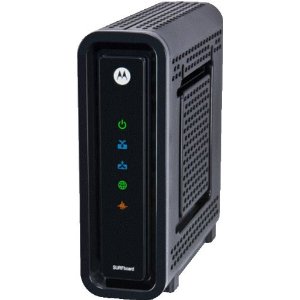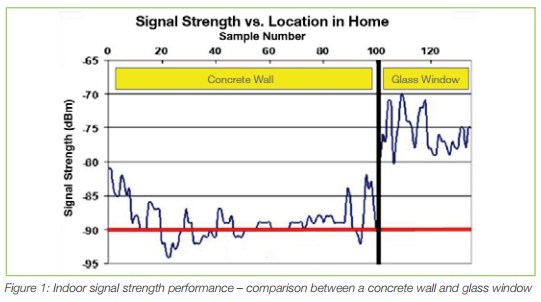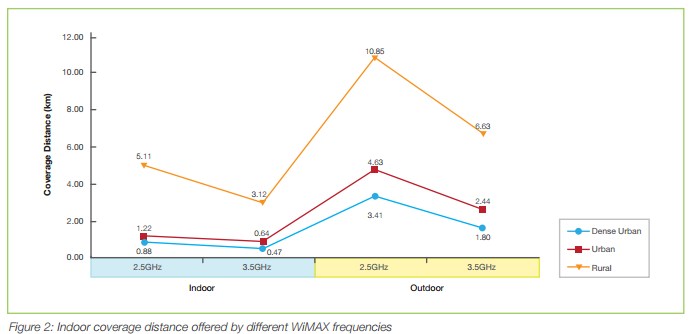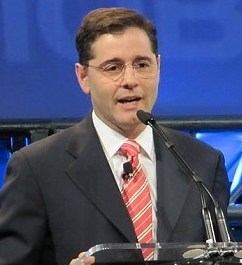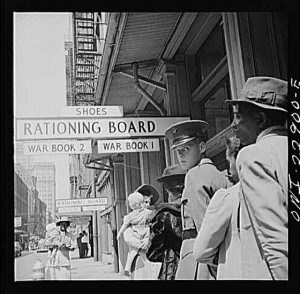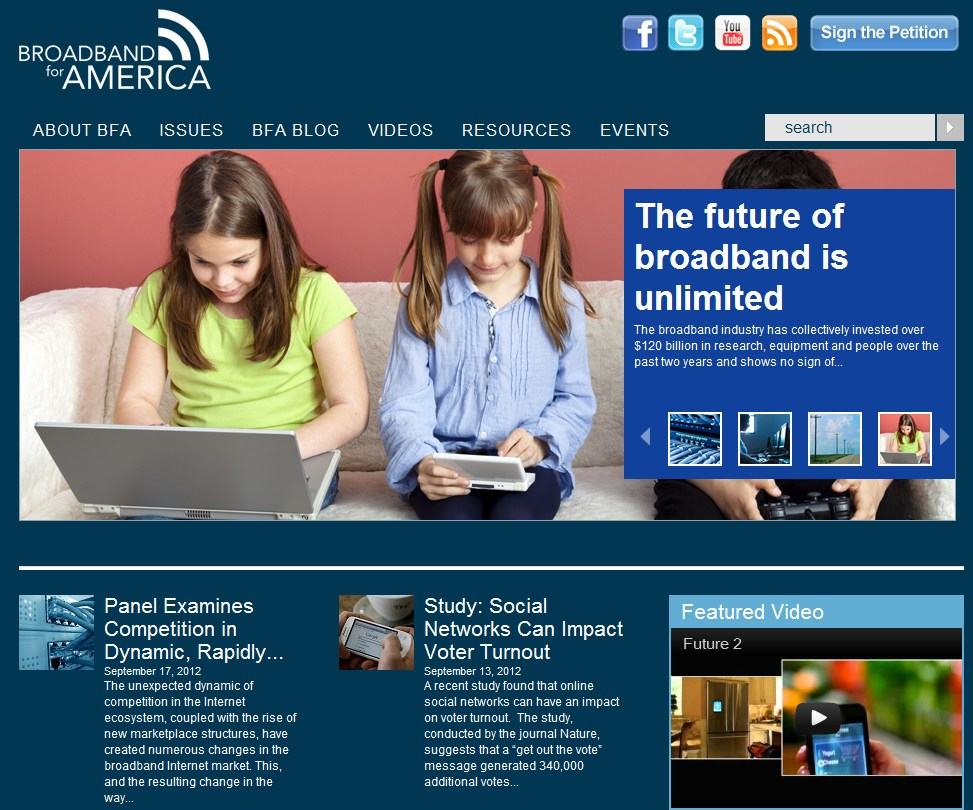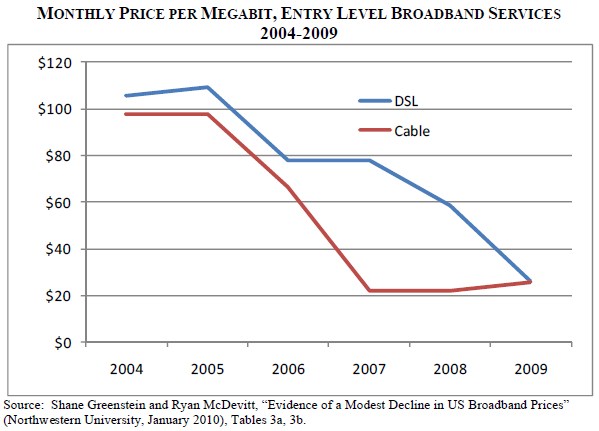Most Time Warner Cable broadband customers across the country will soon pay a $3.95 a month cable-modem lease fee in an effort by the cable operator to boost revenue by as much as $300 million annually.
New York City-area customers will be the first to see the modem rental charge, and customers began receiving postcards this week informing them of the new fee, which begins Oct. 15.
“It’s an outrage considering how much Time Warner Cable is already charging for broadband service,” says Stop the Cap! reader B.J., who received notification in yesterday’s mail. “My Ubee cable modem is four years old and they want to charge almost $50 a year for something that costs $40 retail brand new? Not a chance. I am calling Verizon. Goodbye Time Warner.”
A Time Warner Cable spokesperson said the company is busily printing notification cards that will arrive in customer mailboxes across the country in the next two months.
“Customers have the choice to purchase a modem from a third-party retailer to avoid paying the $3.95 per month,” according to the cable company.
Last year, Time Warner began gradually rolling out a $2.50 modem rental fee for new customers, but exempted current ones. Now the cable operator has increased the rental fee and intends to impose it on everyone except Starter Internet, Connected Learning, SignatureHome and certain IntelligentHome customers.
The cable operator may get resistance from customers, but Wall Street analysts state other cable operators, including Comcast, already charge up to $7 a month for modem leases.
Many customers will elect to buy their own cable modem, but the cable company has severely limited its approved device list in many areas to just a single manufacturer: Motorola Mobility, despite still leasing out often less-costly models from seven other manufacturers.
“It’s convenient how they will lease out inexpensive Ubee cable modems made in China but they won’t let you buy one,” says B.J. “There is nothing wrong with Motorola modems, but it reduces customer choice.”
Time Warner Cable (and Stop the Cap!) recommends all customers who plan to buy modems choose a DOCSIS 3 model for future compatibility. The company has switched out cable modems for customers at least twice over the decade plus history of cable broadband service. If history holds, the estimated useful life for a DOCSIS 2 cable modem will probably be five years or less before future standards make them obsolete. DOCSIS 2 modems are not capable of supporting the fastest broadband speeds, while DOCSIS 3 modems often cost just a little more.
Time Warner Cable’s Approved Modem List in the Northeastern U.S. And Our Reviews (all prices approximate, from Amazon.com — consult Time Warner Cable’s website for specific modems approved in your area):
DOCSIS 3
Recommended Motorola SurfBoard SB6141 DOCSIS 3.0 Cable Modem ($100): The SB6141 is now on the approved list for most TWC service areas and has gotten excellent reviews. It is an upgrade from the 6121, now off the list of approved devices. The 6121 could only support four-channel bonding for upstream and downstream, while the 6141 supports up to eight downstream channels and four upstream channels increasing data rates to over 300Mbps for received data and over 100Mbps when sending data. The only downside is that it is harder to find in stock for purchase.
Motorola SURFboard Gateway SBG6580 DOCSIS 3.0 Wireless Cable Modem ($117): The 6580 includes built-in gigabit Ethernet and a Wireless-N router, so it theoretically could replace your home router. My personal experience with cable modem-router combinations has been less than glowing, however. Consider this only if you do not already have a Wireless-N router. This model gets overall good, but not excellent reviews.
DOCSIS 2 – Consider a DOCSIS 3 modem to guarantee future compatibility.
Motorola Surfboard SB5101 Cable Modem ($50): This workhorse DOCSIS 2 cable modem has been around since 2003 and is popular with cable companies and customers, with a proven track record of performance. But it is not DOCSIS 3-capable, which means its useful life may be shortened as cable broadband standards continue to evolve.
Motorola Surfboard SB5101U Cable Modem ($53): Functionally equivalent to the 5101, the 5101U was introduced in tandem with Motorola’s cheaper 5101N model that omitted the USB port and driver CD. Choose the 5101 or 5101U based on which model is currently selling at the lowest price.
Not recommended Motorola SURFboard Gateway SBG901 DOCSIS 2.0 Wireless Cable Modem ($84): Overpriced and mixed reviews plague this aging Motorola DOCSIS 2 modem with built-in wireless G support. You would do better buying a Wireless N router yourself, or consider the SBG6580 if you absolutely need built-in Wi-Fi.
Updated 4:54pm ET: Readers report the SB6141 now has the best chance of being on TWC’s list of approved equipment, so we’re deleting the 6121 and replacing it with the 6141. If you happened to place an order for the 6121, make sure you verify whether it is on your area’s approved list. If not, cancel the order.
Update #2 10:00am ET 10/17/12: After publishing, Time Warner Cable overhauled their entire website. We have updated the link for the current approved list. None of the models have changed as far as I can see. I have also deleted the model 6121 entirely from the story — it is not on any approved list I’ve seen. As of today, the gouging continues on eBay with the 6141, still selling for up to $200. Amazon.com sellers have also jacked up the price to take advantage of current demand, though not as much.
Do NOT pay eBay sellers $200 for the 6141, which normally sells for $99. It only encourages the bottom-feeding speculators. If you want the 6141, I recommend you wait until prices drop to between $99-125. Do not pay more.
Some readers are finding used/refurbished cable modems that work perfectly fine on Craigslist and eBay. There is generally nothing wrong with these, unless they happen to be stolen or unreturned modems that really belong to Time Warner Cable, which will in turn not activate them. Be careful.


 Subscribe
Subscribe